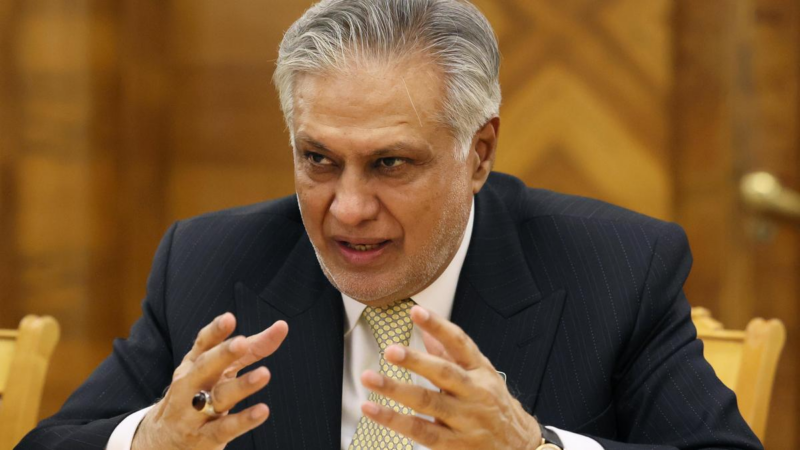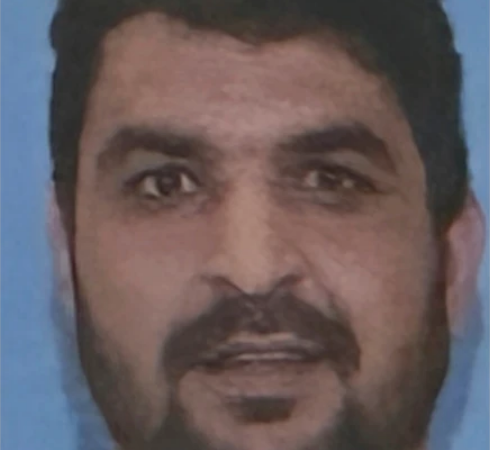How Pakistan deceived US on Afghanistan and terrorism

Advertisement
The short-sightedness of the US-Taliban agreement in Doha was clearly exposed when two deadly terror attacks rocked Kabul and Nangarhar in Afghanistan, claiming around 38 lives.
The continuing terror attacks became an imminent fate staring at the citizens of one of the most troubled countries in Asia, a fate dictated by the stroke of a pen by a nation that never clearly understood what it wanted in Afghanistan for the last two decades, and by its nemesis, the Taliban, whose legitimacy to decide on the future of the country has been established by use of terror.
That nobody claimed responsibility for the attacks did not take away the fact the two heinous suicide attacks took place despite an understanding that the Taliban would “reduce” violence. Anybody who has watched Afghanistan closely enough would know who was responsible for the attacks.
Afghan National Security Advisor Hamdullah Mohib knew what he was talking about when he blamed the Taliban and its “sponsor” for the attacks. The terror waging capability of the Taliban has been buttressed by the involvement of the Pakistan-backed Lashkar-e-Taiba (LeT) in Afghanistan.
Pakistan has not only ditched Afghanistan, its neighbor, but also the United States, its ally. There is no question that the Taliban have their roots in Pakistan and that they were able to regroup there during the US invasion. But Pakistan has denied helping or protecting them.
In addition to this, the arrest of Abdullah Orakzai alias Aslam Farooqi, a key leader of the Islamic State in Khorasan Province (ISKP) has also brought the terror group’s Pakistani connections into sharp focus, a European think-tank has said.
The European Foundation For South Asian Studies (EFSAS), in a commentary titled ‘Pakistan’s role in the Kabul gurdwara attack has been established and its mounting despondency is becoming starkly evident’, said that the recent arrests by Afghan security forces related to the terror attack on a gurdwara in Kabul in March have confirmed its assessment of the involvement of Pakistan’s ISI.
The UN Analytical Support and Sanctions Monitoring Team to the 1988 Sanctions Committee, which oversees sanctions on the Taliban, in its 2019 report had also acknowledged that nearly 5,000 LeT fighters were active in Kunar and Nangarhar provinces alone.
According to the EFSAS report, the Jaish-e-Mohammad (JeM) has reportedly recently appointed commanders for as many as 12 Afghan provinces, including Kunar, Nangarhar, Paktia, Parwan, Kunduz, Ghazni, Nimroz, Helmand, Kandahar and Uruzgan.
Apart from exposing the apology of a peace deal between the US and the Taliban, the continuing terror attacks against civilians and security forces raises many fundamental questions about successive US administrations.
The Taliban had nothing to lose and with material help and safe havens from their sponsors, there was very little pressure on them. For Pakistan too, it was a matter of time, although it had a lot more to lose. But Islamabad played its cards well and through a policy of selective cooperation and managed to con the Americans, who had lost the plot the moment they had recognized the Taliban as a stakeholder.
For Pakistan, the stakes were so high that it had little choice but to hedge its bets on its proxies, hoping that eventually, the war of attrition would compel the US and its allies to realise that they have reached a stalemate. So much so that the Coalition Support Funds which the US provided to Pakistan for its cooperation on America’s war on terror was blatantly used for terror as an instrument for political outcomes.
While the world may have forgotten what it was like under the last Taliban regime, the Afghans remember. They also understand Pakistani designs better than anyone else, they have witnessed these at very close quarters. Hence, there is no enthusiasm in Afghanistan over the deal between the US and Taliban and its guarantor, Pakistan.
Advertisement





